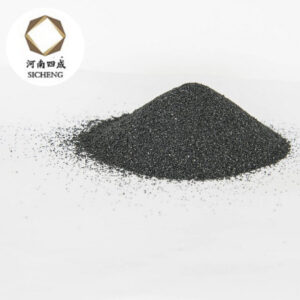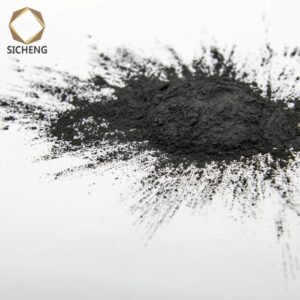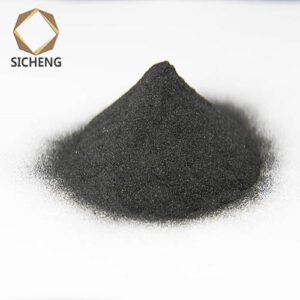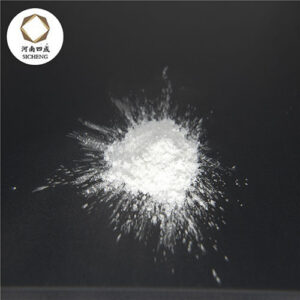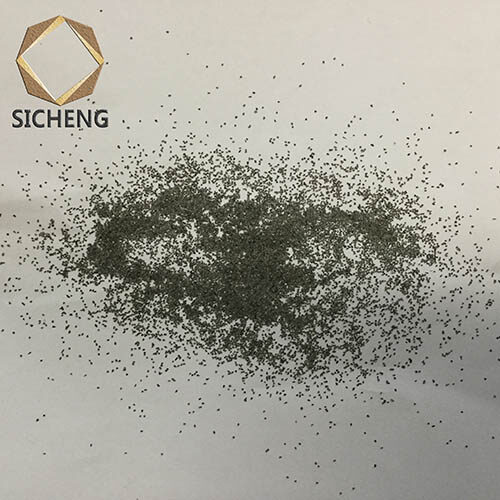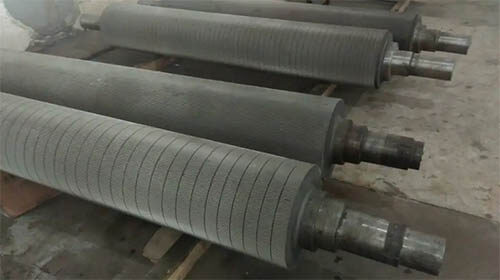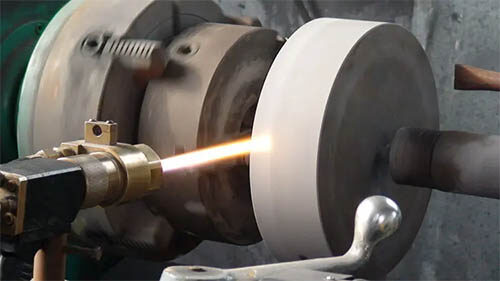Tungsten carbide material has high hardness, hardness, wear resistance, high temperature resistance and corrosion resistance, and its existence is indispensable in many industries. Next, I will talk to you about tungsten carbide spraying and cemented carbide spraying. Surface roughness process solutions, the role of spraying tungsten carbide coating, the difference between tungsten carbide spraying and welding, etc.
Tungsten carbide spraying cemented carbide spraying surface roughness process solution steps:
1. Carbide spraying coating
1. The parts are installed on an ordinary cylindrical grinder, and the outer diameter of the hard alloy coating is found to be no less than 0.02mm. Parts with rough surface and hard alloy coating have more than 1 part exposed on the surface;
2. Remove residual tungsten carbide spraying by conventional electrochemical methods
1. Surface purification
Use acetone or gasoline to thoroughly scrub the surface to remove grease, wipe 3-5 Seconds;
2. Sandblasting
: 24# zirconium corundum is used for sandblasting, the pressure is 0.28-0.32MPa, the spray distance is 120-150mm, the angle is 15°-45°, and the surface roughness of tungsten carbide spraying is Ra4.2-5.2. 3. Before using the
supersonic flame spraying , dry the powder in the oven for 1-2 hours, then flame spray, the thickness meets the requirements, first stop the powder feeding, and then stop the spray gun. 3. Processing of cemented carbide coating 1. Parts cleaning Use polishing cotton and acetone to match the surface, and the positioning hole is roughly cleaned until there is no visible dirt on the surface of the part; then clean the part with cotton and acetone until the surface is clean. Dirt, that is, clean cotton, cotton, no residual dirt; 2. Auxiliary tooling production, design and processing three positioning pins, the positioning pins are trapezoidal fixed positioning pins, and the matching accuracy of the holes does not exceed 0.005mm, and the stepping pins have two sections The coaxial outer diameter is not more than 0.001 mm; 3. Grinding
The positioning holes on the three positioning pins and parts, through the principle of three-point center, find the original part and reach the specified size after processing;
4. Final check
1. Appearance
100% inspection of the appearance part, the coating surface of the parts should be complete, dense, uniform and consistent color, no cracks, peeling, delamination, edge warping and other defects;
2. Adhesion
Check whether there are bonding defects at the metal interface between the coating and the substrate, the method is tungsten carbide spraying, part of the surface is coated with a blade with an outer diameter of 7mm, and then perpendicular to the belt cutting coating, the edge of the coating is opened, the coating cannot be pulled up, as the bonding force is qualified;
3. Thickness
Check the thickness of the coating by measuring the dimensions of the front part of the coating and the parts after the coating, and the thickness of the rough surface coating should meet the design requirements. In the coating spraying step, the test piece with the same material as the guide cylinder is sprayed at the same time, and then the test piece is cut and inspected during the adhesion test process, and the test result is regarded as the test result of the part.
The role of spraying tungsten carbide coating
1. Reduce the conflict coefficient, reduce wear, bite, etc.
2. The appearance of the object can reach 100% lubrication.
3. The conflict coefficient can be reduced to 0.06-0.06, making the parts more wear-resistant.
4. The coating thickness is only 0.5 microns, ensuring that the equipment components do not have public services.
5. Wide operating temperature range, can withstand 400°C high temperature.
6. It can eliminate or reduce conflicts, friction and other problems caused by many equipment maintenance.
7. Overcome or reduce mechanical lubrication problems, and promote mechanical work efficiency and service life.
The difference between tungsten carbide spraying and welding
1. The heating situation of the workpiece is different tungsten carbide spraying without remelting process, the surface temperature of the workpiece can always be controlled below 250 °C, generally will not produce deformation and change the original structure of the workpiece. This is advantageous for spray workpieces with complex shapes, thin walls, long sleeves and some important mechanical parts. Spraying to melt the powder layer, the temperature of the remelting sintered workpiece can reach more than 900 °C, which is easy to cause stress and deformation, and most workpieces will be annealed and incomplete annealing.
2. The combination of tungsten carbide spraying and the surface of the substrate is mainly mechanical occlusion, and there are also tiny microwelding, and the bonding strength is not high; Generally, it is 20MPa~65MPa. Welding is formed by melting the powder layer and forming a metallurgical bond with the surface of the substrate, and the bonding strength can generally reach 343MPa~441MPa.
3. The powder used for different spraying must be self-fusing alloy powder, while the powder used for tungsten carbide spraying is not limited.
4. The spray layer structure is different and the melt spray layer is uniform and dense, and it is generally believed that there is no porosity and the tungsten carbide spray coating has certain pores.
5. Tungsten carbide spray coating with different load performance can not withstand impact load and high contact stress, and is suitable for various surface contact fits. The spray melt layer has high bonding strength, can withstand impact load, can be used for linear contact and other occasions, and can withstand high contact stress.

